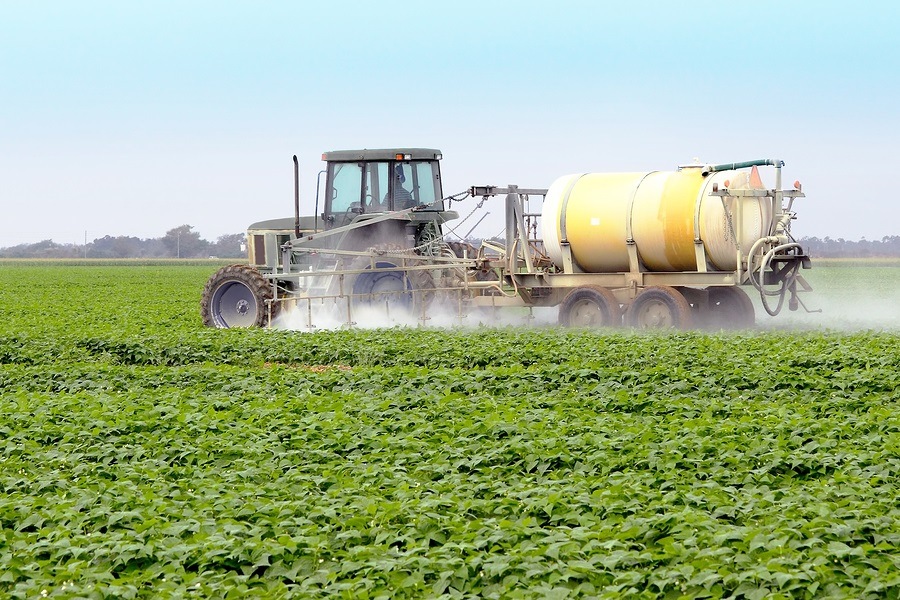FDA to Finally Start Testing for Glyphosate Herbicide in American Food
The United States Department of Agriculture (USDA) and the Food and Drug Administration (FDA) are the two federal agencies in the United States responsible for protecting consumer rights in regards to food safety. Millions of dollars of U.S. taxpayer funds are spent on testing foods annually to monitor the presence of pesticides and herbicides in the nation's food supply. However, the most commonly used herbicide which is sprayed on to genetically modified crops is routinely not tested. Glyphosate, the main ingredient used in Roundup Ready, is the most common herbicide in the world, sprayed on many billions of acres of crops each year. Neither the FDA nor the USDA routinely test for the presence of this herbicide in the nation's food. That is apparently about to change. Civil Eats is reporting that the FDA will now start testing certain foods for the presence of glyphosate.




















